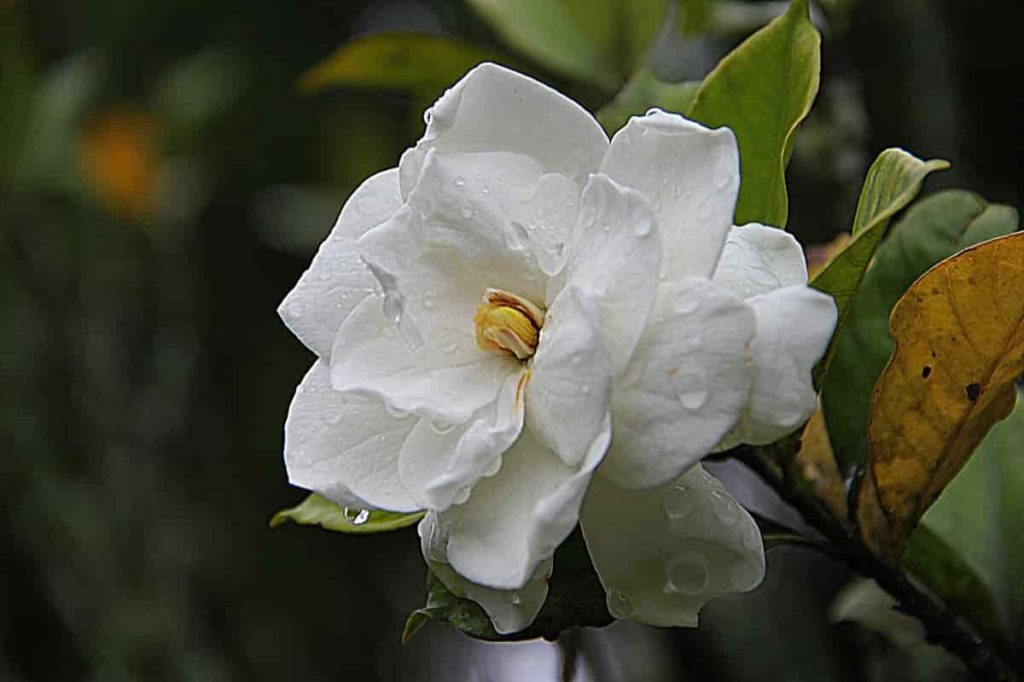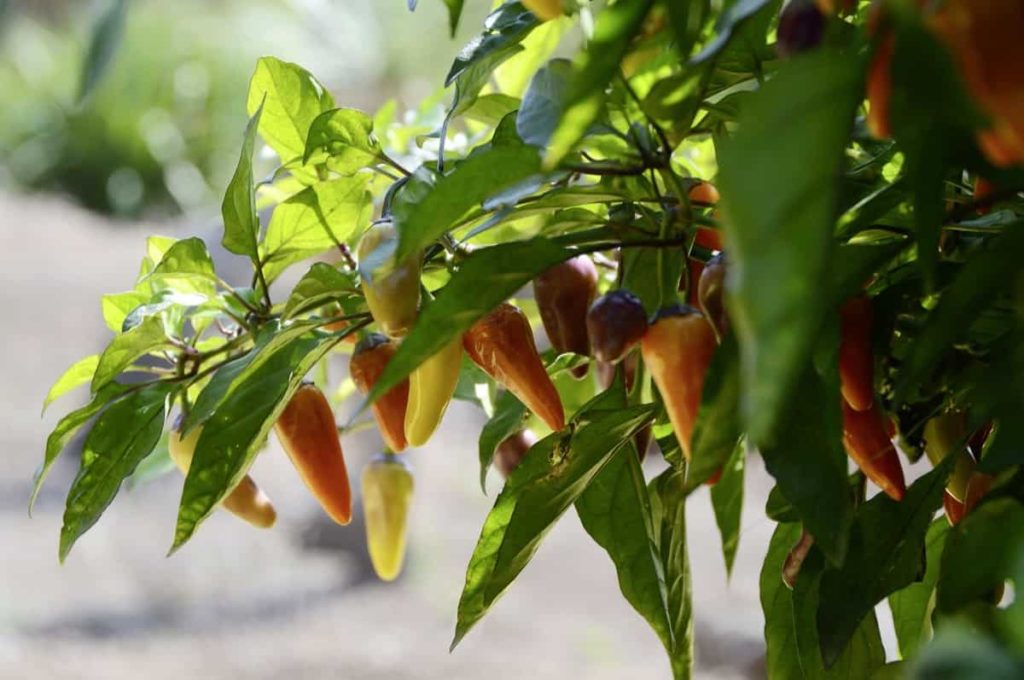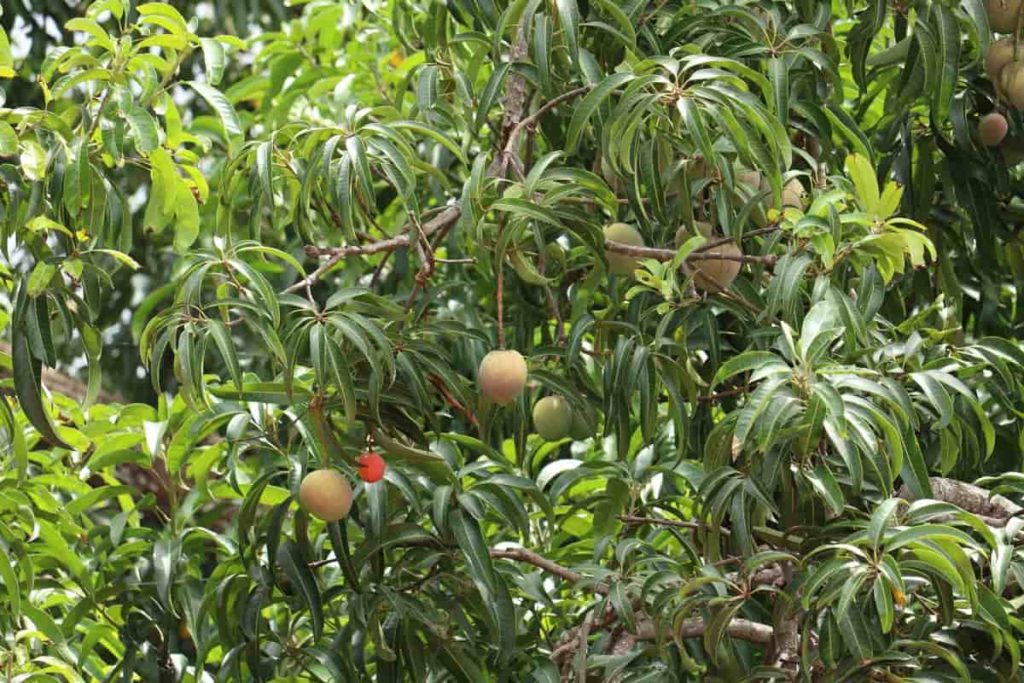Cutting is a plant piece that is cut and connected to become a new plant. Cutting is usually made from trunks or branches. Some plants can be propagated through distribution, an extreme form of cutting where the entire plant is cut in half. A piece of plant stem or root is placed in a suitable medium like moist soil. If the conditions are appropriate, the plant piece will start growing as a new plant free from parents, a process known as strikes.

Stem cutting creates new roots and cutting the root produces new stems. Some plants can be grown from pieces of leaves, called leaf cuttings, which produce both stems and roots. The easiest way to save some money when you’re starting for the first time is to grow your plants from cuttings. The most popular way to grow plants is not seed sowing but stem cutting propagation. Let’s check out a few plants that grow from stem cuttings.
Types of stem cuttings
- Softwood cuttings – Softwood cuttings are those taken from some deciduous bushes and other plants in the summer. Cutting is taken from the soft part of the stem. Stem cuttings have a very high success rate.
- Herbaceous cuttings – These are a type of softwood cuttings taken from herbaceous plants such as Chrysanthemums, Dahlias. Cutting is 2.5 to 10 centimeters long.
- Semi-hardwood cuttings – Stem that is green and hard, but not mature enough. Semi-hard woodcutting is used to grow Jasmine and Hydrangeas plants.
- Hardwood Cuttings – Stem cutting from mature wood trees and shrubs. Hardwood cutting is 15 to 30 centimeters long.
- Terminal cutting – Tip parts of the shoot are sown in the soil.
- Heal cuttings – Lateral shoots were pulled from the stem and had a portion of the trunk.
- Single or multiple nod stem cuttings – Stem cutting is planted horizontally to the ground. Plants such as Dracaena, Dieffenbachia are grown from this type of stem cutting.
In case you miss this: How to Build an Aquaponics System – a Beginners Guide

Steps involved in growing plants from stem cuttings
- Monsoon is a common season to grow stem cuttings. Softwood cutting can be propagated at any time during the year.
- The stem should be cut diagonally with a sharp knife.
- Exposed tissue at the bottom of the stem should be applied to the rooting hormone.
- Use a seedling tray or polybag to add a rooting medium.
- Insert inappropriate rooting medium to stem-like sand, soil, or coco peat.
- Finally, the root forms in the stem cutting, which is closest to the root of the parent plant and shoots at the other end.
- After removing the leaves below, stem cutting is inserted in the middle from a depth of 2.3 to 3 centimeters. About one-third of the length of the cutting is inserted into the soil in the form of hardwood cutting. Stem cutting is lifted in a partial shade.
- Once the roots are formed, and the new shoots begin to grow, the cutting is removed from the rooting medium and planted in a polybag or pot or directly into the garden.
These are the plants that grow from stem cuttings
Flowers
Rose – Cut its 6-8-inch-long soft woodcut from spring to summer. Cut it at a 45-degree angle. Also, remove all the top leaves to prevent energy diversion.
Hydrangea – To grow Hydrangea from cutting, you will have to take four inches from the plant’s tip. Let two or three pairs stay and plant the cutting in moist soil. Cover with plastic and consider cutting leaves to prevent moisture loss. It is a perennial flower perfect for early gardeners.
Mums – Cut 4 to 6 inches immediately after the spring and summer opening period, from the newly developed branch and plant it in a pot with potting mix.
Gardenia – Take softwood or semi-hardwood cutting in early summer. Look for a healthy stem with a flexible green tip with a set of young leaves.
In case you miss this: How to Use Wood Ash in Your Home Garden for Maximum Benefit

Oleander – It is usually grown from a semi-hardwood cutting, but you can also use greenwood cutting. Cut a stem at least 6 to 8 inches long and plant it in soilless media like fertilizer.
Vegetables
Tomato – Cut a 6-8-inch-long sucking shoot or new growth using scissors. Make sure it has no buds and pluck all the leaves except the top two sets. Keep the bottom part in water. Keep it in bright indirect light and keep changing water every 2 to 3 days. It will connect in 2 to 3 weeks and can then be transplanted into the soil. You can also propagate it directly in the soil.
Zucchini – Cut a 5-7-inch-long vine from a healthy Zucchini plant. Make sure that there is no bud attached to it. Now, the plant the cutting directly into the soil, just like you do with the tomato sucker. Avoid keeping it directly in sunlight and water well. The plant will grow for 2 to 3 weeks.
Cucumber – Cut 6 to 8 inches from the cucumber vine. Now, plant this cutting in a glass of water and place it in bright, dappled sunlight. In 2 to 3 weeks, you will get notice of increasing cutting in tender roots. You can then plant them directly in the soil or pot of your choice. You can even promote cucumber in water and skip cutting directly into the soil.
Bitter gourd – The best thing about promoting gourd and melon from cuttings is that it is quite a direct way. Just cut 7 to 8 inches long, cut from a healthy part of the plant, and plant it directly into garden soil or a pot of your choice.
In case you miss this: Bitter Gourd Gardening for Beginners, How to Start

Purslane – Just plant cuttings 3 to 5 inches long in pots or ground and water wells. It will develop roots in 10 to 20 days and start growing. It’s a great alternative to Spinach, and you can enjoy it fresh in salads too.
Eggplants – Remove the 3- to 4-inch-long sucker from the plant and grow. Or cut a healthy part of the eggplant, 6 to 8 inches in length. Don’t forget to remove the bottom leaves, and dusting the cut ends up in the rooting hormone. Keep the pot moist and place it in an area where it will be at least 3 hours of morning sunlight. Cuttings will build roots in 2 to 3 weeks.
Pepper – Like Tomatoes and Eggplant, you can also clone pepper plants with cuttings. Clip a healthy 3-5-inch-long stem at a 45-degree angle just below the node. Remove all the lower leaves from the nodes and sprinkle some cinnamon powder on the chopped end, the cinnamon powder will protect the cutting from fungal infections. You can then plant pepper cutting to a seed-starting mix or propagate it in water.
In case you miss this: Bell Pepper Gardening For Beginners, How To Start

Fruits
Apple – Cutting apple tree is not a difficult task. It should be done in the spring or early winter and your harvest should be several inches long. Remove cuttings if they have any leaves or buds at the lower end. Now dip the end of this cutting into rooting hormone. Now plant cutting to the pot and you can use a plastic bottle as a mini greenhouse to create a humid environment. You will see leaves coming out of the cutting after a few weeks. Now transplant cutting to the desired location in your garden.
Fig – You can use large cuttings to grow figs, cutting diameter is one inch and length 3 feet. You can plant cutting directly into the ground or at a permanent location that you choose for your fig tree as it can withstand slightly colder weather.
Pear – Pear is another fruit tree that can grow easily from cuttings. It needs full sun and acidic soil. With proper care and attention, it is possible to propagate by cutting down the Pear tree. It is suggested that you should plant multiple cuttings, thus, at least one will survive. Cutting should be from a healthy tree and ensure that the cuttings are 1/4 to 1/2 inches in diameter with nodes.
Mango – You should take a thin 8-inch long cutting from a young and healthy tree. Take a cup and fill it with water and add a pinch of root hormone. Now leave the cutting in the solution for 8 to 10 days but change the water every 2 to 3 days. Then plant these cuttings in the well-drained soil.
In case you miss this: Growing Mango Tree In Backyard – A Beginners Guide

Orange – You can grow Orange trees easily from cutting. You should take the first-year branch which is 8 inches long. Bury the hormone powder in a pot that contains moist sand after dipping the cutting in rooting.
Herbs
Rosemary – Take 3-5-inch-long tip cutting in spring with new growth. Plant some cuttings directly into individual pots covered with a plastic dome.
Thyme – There is another herb Thyme to consider growing from cutting. It grows again like Rosemary and both are so close that you can regrow them using the same container of water, as long as you have a lot of space in the jar.
Mint – It is also easy to regrow from cutting, as its soft stem allows it to grow anywhere. Mint is a plant that you can connect to in the water. Once it has roots, you can put it in potting soil and see its growth explode.
- Flower Garden Designs and Layouts for Beginners
- Planting and Spacing Techniques in Papaya: A Beginner’s Guide
- Growing Gold: Essential Techniques for Planting Pineapples
- How to Make Kalanchoe Plant Bushy: Home Remedies and Solutions
- 11 Reasons Why Your Gardenia is Not Blooming: Home Remedies and Solutions
- Eco Elegance: The Guide to Designing a Drought-Tolerant Landscape
- Gardening on a Slope: Strategies for Hillside Landscaping
- Nourish and Flourish: Top Organic Mulches for Thriving House Plants
- Everything You Want to Know about Indian Mogra Flower: Discover Uses and Growing
- Green Thumb Success: Expert Tips for Cultivating Greenhouse Pumpkins All Year Round
- Maximize Growth & Flavor: The Ultimate Guide to Companion Planting in Herb Gardens
- How to Control Rhododendron Problems Naturally: Home Remedies and Organic Ways to Fix Them
- Natural Magic: The Remarkable Benefits of Cinnamon for Plants
- Best Steps to Revive Dying Tulip with Natural and Organic Treatment
- 10 Reasons Why Your Angel Trumpet is Not Blooming: Remedies and Treatment
- How to Fix Periwinkle Leaf and Flower-Related Problems: Natural Remedies and Solutions
- How to Fix Zinnias Leaf and Flower Problems: Discover Natural and Home Remedies
- Organic Steps to Induce Lemon Tree Flowers: A Comprehensive Guide
- Bloom Booster: Crafting the Perfect Homemade Bougainvillea Fertilizer
- Optimizing Growth: A Guide to Applying NPK Fertilizer for Potted Plants
- 10 Best Homemade Fertilizers for Rubber Plant: DIY Recipes and Application Method
- How to Boost Female Pumpkin Flowers: Effective Steps for More Flowers and High Yields
- Transform Your Indoor Garden: Top Benefits of Pink Salt for Houseplants
- 10 Best Homemade Fertilizers for Peacock Plants (Calathea): Easy DIY Guide
- Unlock Blooms: 9 Reasons Why Your Potted Chrysanthemum is Not Blooming
- 8 Reasons Why Your Potted Hibiscus is Not Blooming: Fix it with Simple Solutions
- Unlock Blooms: 9 Key Reasons Your Potted Frangipani Won’t Flower
- 10 Reasons Why Is My Ice Plant Not Blooming: Remedies and Treatment
- 10 Reasons Why My Potted Hydrangea Not Blooming: Treatment and Remedies
- 10 Reasons Why is My Wisteria Not Blooming: Remedies and Treatment
- 10 Reasons Why is My Goldfish Plant Not Blooming: Remedies and Treatment
- Maximize Your Space: Ultimate Guide to Balcony Gardening with Grow Bags
- 10 Reasons Why Your Iris is Not Blooming: Remedies and Treatment
- 10 Reasons Why Your Anthurium Plant is Not Blooming: Treatment and Remedies
- 10 Reasons Why Your Aquaponic Plants Are Not Flowering: Remedies and Treatment
- 10 Reasons Why Your Agapanthus is Not Flowering: Remedies and Treatment